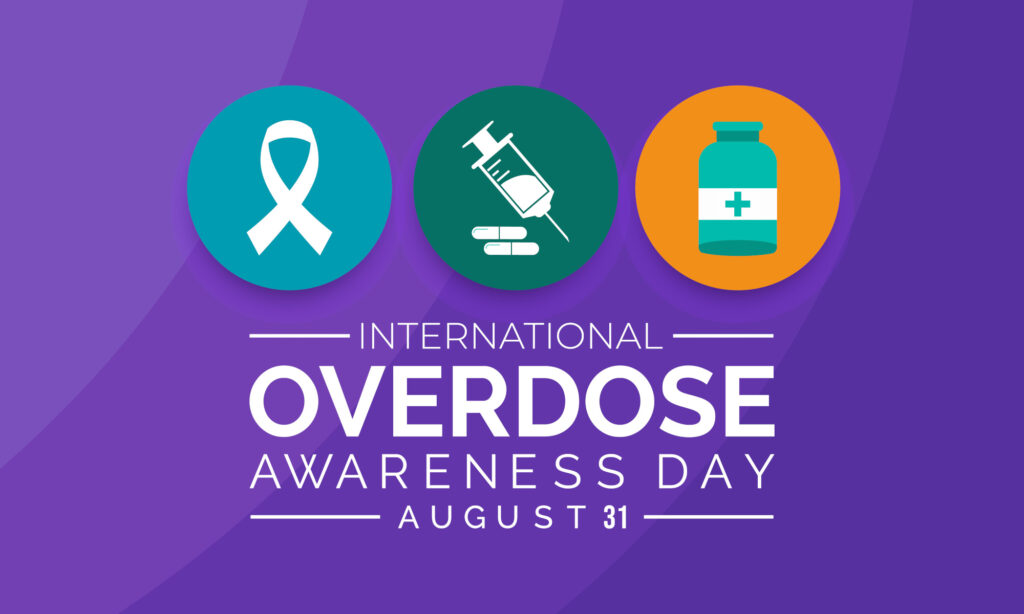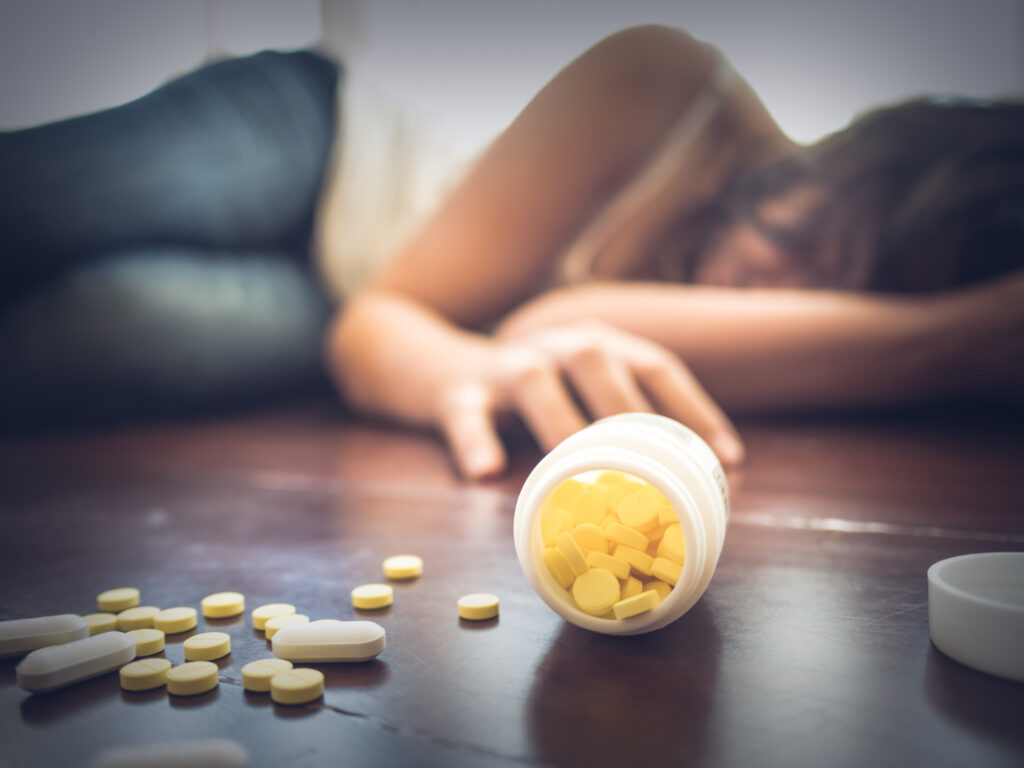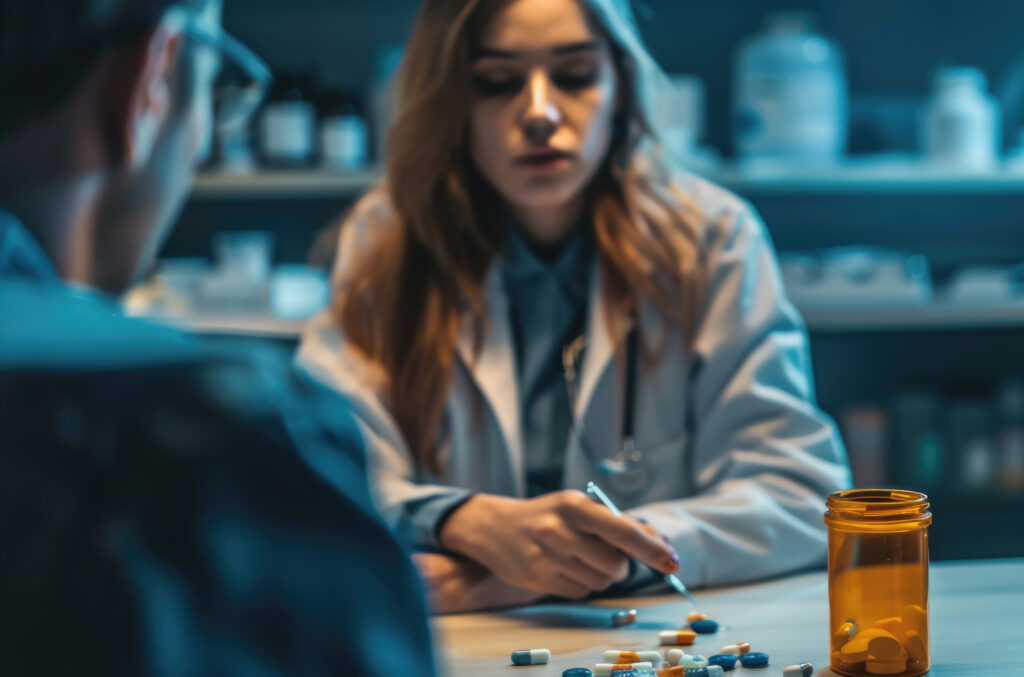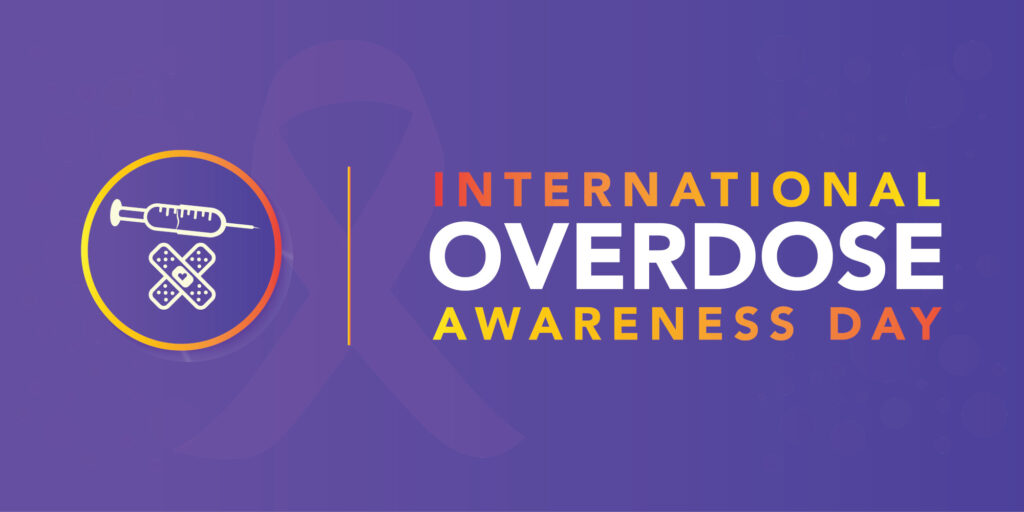Alyson Orcena, LMFT, Melissa Vallas, MD, Shikha Verma, MD, Ellen Bloch, LCSW, Lianne Tendler, LMFT, Megan Johnston, LMFT
Meet the Team >
Drug Overdose: A Worldwide Problem, Prevalent in the United States

Most people can define the word overdose without consulting a dictionary— it’s what happens when someone takes too much of an illegal drug or a prescription medication. It’s a dreaded word for someone with a child who’s struggling with substance misuse.
According to the National Institute on Drug Abuse (NIDA), a coroner or medical examiner is required to define a death by overdose as either intentional – i.e. suicide – or unintentional. Unintentional cases of overdose are further classified as either accidents or errors:
- An accidental overdose occurs when the drug itself is taken by mistake or when too much of a drug is taken by mistake.
- An overdose by error occurs when the wrong drug is administered by mistake, or when a mistake is made during a medical procedure, such as surgery.
International Overdose Awareness Day is designed to raise awareness on the type of overdose described in the first bullet point above: when too much of a drug is taken by mistake. We’ll use the word “overdose” in place of the phrase “accidental overdose” for the rest of this article. This is the kind of overdose that most people are familiar with. It gets headlines when it happens to celebrities, destroys families when it happens to loved ones, and increases civic awareness when it happens so often it becomes a public health concern – as it has with overdoses resulting from the opioid epidemic currently plaguing the United States.
Overdose Statistics
Data on overdose deaths is alarming:
- Data from the United Nations Office on Drugs and Crime 2017 World Drug Report indicate that close to 200,000 people worldwide died of overdose in 2016
- Data from the Centers for Disease Control (CDC) indicate that over 64,000 people in the U.S. died of overdose in 2016 – an increase of over 11,000 from 2015 and over 17,000 from 2014
Now, let’s take a closer look at overdose deaths in the U.S. There was a steady upward trend that began around the year 1999. For example, A CDC report published in January 2016 describes the trend in no uncertain terms. Since the year 1999:
- Over 630,000 people have died from drug overdose – an increase of 137%
- The rate of overdose deaths involving opioids – including prescription pain relievers and heroin – increased by over 200%
Additional data from 2017 shows more disturbing numbers:
- In 2016, the number of opioid-related overdose deaths was five times higher than 1999
- About 66% of overdose deaths in 2016 involved opioids
- From 1999 and 2016, over 350,000 people died from opioid-related overdose
- Between 2015 and 2016, statistically significant increases in overdose from any drug occurred in 25 states, with the highest rates occurring in West Virginia, Ohio, New Hampshire, the District of Columbia, and Pennsylvania
- Between 2015 and 2016, rates of overdose deaths involving synthetic opioids (other than methadone) doubled
To put that last bit of data in perspective, the rate of overdose deaths from synthetic opioids increased an average of 18% per year from 1999-2006. It remained stable from 2006-2013. Then, it increased an average of 88% from 2013-2016.
That’s why we’re not exaggerating when we say our nation is in the middle of an opioid crisis.
One final statistic before moving on:
In the U.S., an average of 175 people die every day from drug overdose.

The Latest Data
According to CDC National Center for Health Statistics, as of 2023, drug overdose deaths in the United States have actually shown a slight decline for the first time in seven years, with an estimated 107,543 deaths, representing a 3% decrease from the 111,029 deaths in 2022. This drop, though modest, marks a significant shift after years of steadily increasing fatalities, particularly those involving opioids like fentanyl. However, this positive trend is not uniform across all states, with some areas still experiencing increases in overdose deaths, particularly from stimulants like methamphetamine.
Globally, the drug overdose crisis continues to be a significant challenge. The 2024 World Drug Report highlights ongoing concerns about the rise in synthetic opioids and other substances, contributing to increasing drug use disorders worldwide. The report underscores the expanding global drug markets and the growing toll of substance use on public health.
These statistics illustrate both the progress being made and the ongoing challenges in the fight against drug overdoses, which is why we need continued awareness, education, and intervention strategies.
Sources:
CDC National Center for Health Statistics – U.S. Overdose Deaths(CDC,Drugs.com).
UNODC World Drug Report 2024 (UNODC).
AMA Overdose Epidemic Snapshot 2024(American Medical Association).

Prevent Overdose: Know the Facts
The first step in preventing overdose is simple. We can expand our knowledge of the ways people might overdose. It’s important to understand that overdose is not only an opioid problem. While it’s possible to overdose on virtually any chemical, we’ll limit our discussion to the most commonly abused prescription and non-prescription drugs. It’s possible to overdose on:
- Depressants. Including:
- Opioids: opium, heroin, methadone, codeine, fentanyl, hydrocodone/acetaminophen (Lorcet, Lortab, Norco, Vicodin), hydromorphone (Dilaudid), meperidine (Demerol), morphine, oxycodone (OxyContin, Oxaydo), oxycodone/acetaminophen (Percocet, Roxicet).
- Benzodiazepines: alprazolam (Xanax), clobazam (Onfi), clonazepam (Klonopin), clorasepate (Tranxene), chlordiazepoxide (Librium), diazepam (Valium), estazolam (Prosom), lorazepam (Ativan), temazepam (Restoril), triazolam (Halcion).
- Alcohol. Alcohol is technically a depressant, but since it’s so common, and the general public tends to place it in a category of its own, we’ll do the same. Overdosing on alcohol is more commonly known as alcohol poisoning, and, like overdosing on depressants such as opioids and benzodiazepines, can result in death.
- Stimulants. These drugs can increase the risk of heart attack, stroke, and seizure. Stimulants that most commonly lead to overdose include both prescription and non-prescription drugs, such as:
- Crack, cocaine, MDMA (ecstasy), amphetamine/dextroamphetamine (Adderal), methamphetamine, dextroamphetamine (Dexedrine, ProCentra, Zenzedi), dexmethylphenidate (Focalin), methylphenidate (Ritalin), lisdexamfetamine (Vyvanse).
This list is extensive, but not complete. If anyone in your home has a prescription for any of the drugs mentioned above, please be aware they carry a risk of overdose. Store them in a safe place, away from children. Also, store them away from anyone who may choose to use them in a manner other than prescribed by a physician.

Non-Lethal Consequences of Overdose
Overdose does not always lead to death. It’s common knowledge that long-term exposure to drugs of abuse has negative effects on the central nervous system, the musculoskeletal system, and all the internal organs. But one often overlooked aspect of overdose is permanent brain damage due to hypoxic brain injury. Hypoxic brain injury occurs when the brain loses its supply of oxygen. Hypoxic brain injury can result in:
- Coma
- Seizures
- Impairment in movement, coordination, and balance
- Impaired vision and hearing
- Impairment in written and verbal communication
- Impaired memory, concentration, and cognitive ability
Signs and Symptoms of Overdose
While the signs and symptoms of overdose vary for each drug, the following symptoms are the most common:
- Loss of consciousness
- Difficulty breathing
- Difficulty walking
- Excessive snoring or gurgling while unconscious
- Non-responsiveness while conscious
- Disorientation
- Seizures
- Severe headache
- Chest pain
- High body temperature
- Convulsions
- Tremors
- Delusions
- Drowsiness
- Hallucinations
Therefore, if you witness any of these symptoms in a friend, peer, or family member, it’s crucial to get medical help immediately. If you have to leave the person alone to make a phone call, that can’t be avoided. But otherwise, do not leave them alone. If these symptoms occur, and you know they’ve been doing drugs or drinking excessively and witness them pass out, do not let them sleep it off.
IF YOU THINK SOMEONE HAS OVERDOSED, CALL 911 IMMEDIATELY. DO NOT WAIT. ALWAYS ERR ON THE SIDE OF CAUTION.
Overdose Resources
We can’t say it enough: drug overdose is a deadly serious problem in the U.S. It’s made worse by the fact that every single overdose is preventable.
We’ll end by repeating the most disturbing statistic we found while researching this article:
In the United States, an average of 175 people die every day from drug overdose.
Watch out for your friends, watch out for your family, and take care of yourself. Overdose is real and overdose can kill. But with your help, we can end overdose deaths and other drug related deaths through better overdose prevention.
FAQs for International Overdose Awareness Day
What is International Overdose Awareness Day (IOAD)?
International Overdose Awareness Day (IOAD) is the world’s largest annual campaign dedicated to raising awareness about overdose, reducing the stigma of drug use, and acknowledging the grief felt by families and friends who have suffered the loss of a loved one due to substance use disorders.
Why is International Overdose Awareness Day important?
This global event highlights the devastating impact of overdose on communities worldwide and promotes education and action to save lives by encouraging people to carry naloxone, seek help for substance use, and support those with opioid use disorder and other substance use disorders.
Who can participate in International Overdose Awareness Day?
Anyone can participate in International Overdose Awareness Day, including individuals, families, health care providers, and community organizations. The campaign encourages everyone to get involved to raise awareness, honor those who have suffered injury or loss due to overdose, and advocate for better mental health and substance use support.
How can I help on International Overdose Awareness Day?
You can help by attending or organizing events, educating others about the dangers of drug use, supporting those with substance use disorders, and promoting the importance of carrying naloxone to potentially save lives.
What are the main goals of International Overdose Awareness Day?
The main goals of International Overdose Awareness Day are to spread awareness about overdose risks, reduce the stigma associated with drug use, provide support to those affected by overdose, and encourage proactive measures to save lives, such as seeking treatment for substance use and opioid use disorders.
How does International Overdose Awareness Day address the issue of opioid use disorder?
The campaign specifically focuses on opioid use disorder by promoting awareness, educating communities about the risks, and encouraging health care providers and individuals to take steps that can potentially save lives, such as carrying naloxone and seeking timely treatment.
What resources are available on International Overdose Awareness Day for those affected by substance use?
On International Overdose Awareness Day, various resources are available, including information on substance use treatment options, support groups for families and friends who have suffered injury or loss, and educational materials to help prevent overdose and promote mental health.
How can I spread awareness about International Overdose Awareness Day?
You can spread awareness by sharing information on social media, participating in community events, educating others about the importance of overdose prevention, and encouraging open discussions about substance use and mental health issues.
Where can I learn more about International Overdose Awareness Day?
You can learn more about International Overdose Awareness Day by visiting the official campaign website, attending local events, and connecting with organizations dedicated to preventing overdose and supporting those affected by substance use disorders.































































